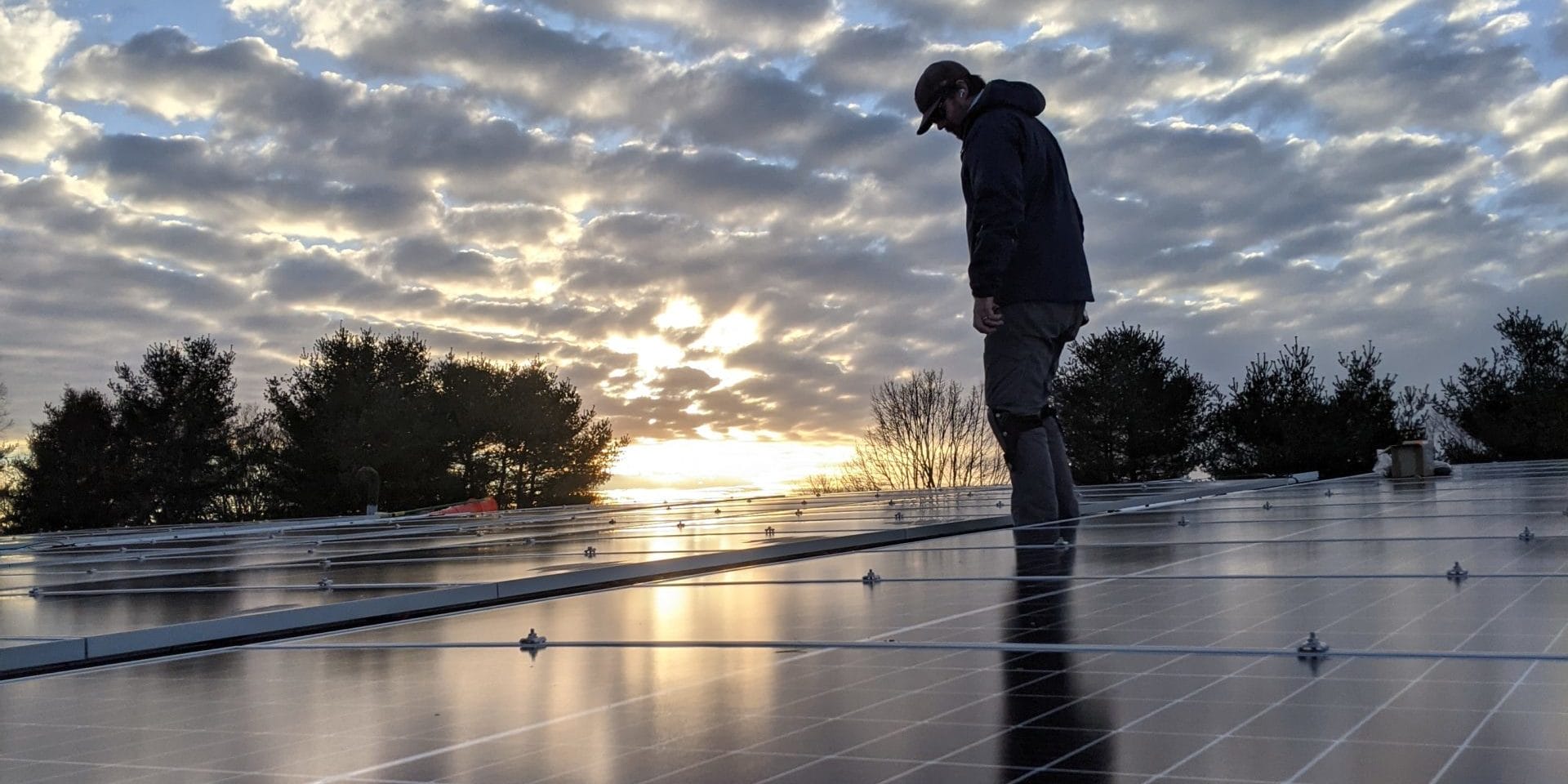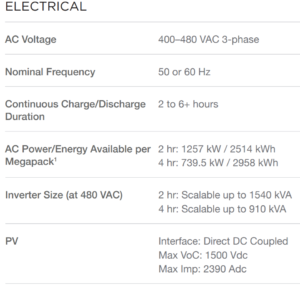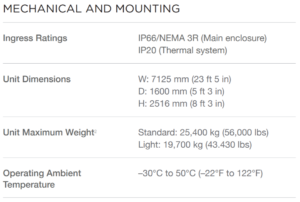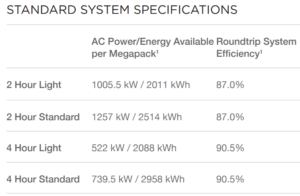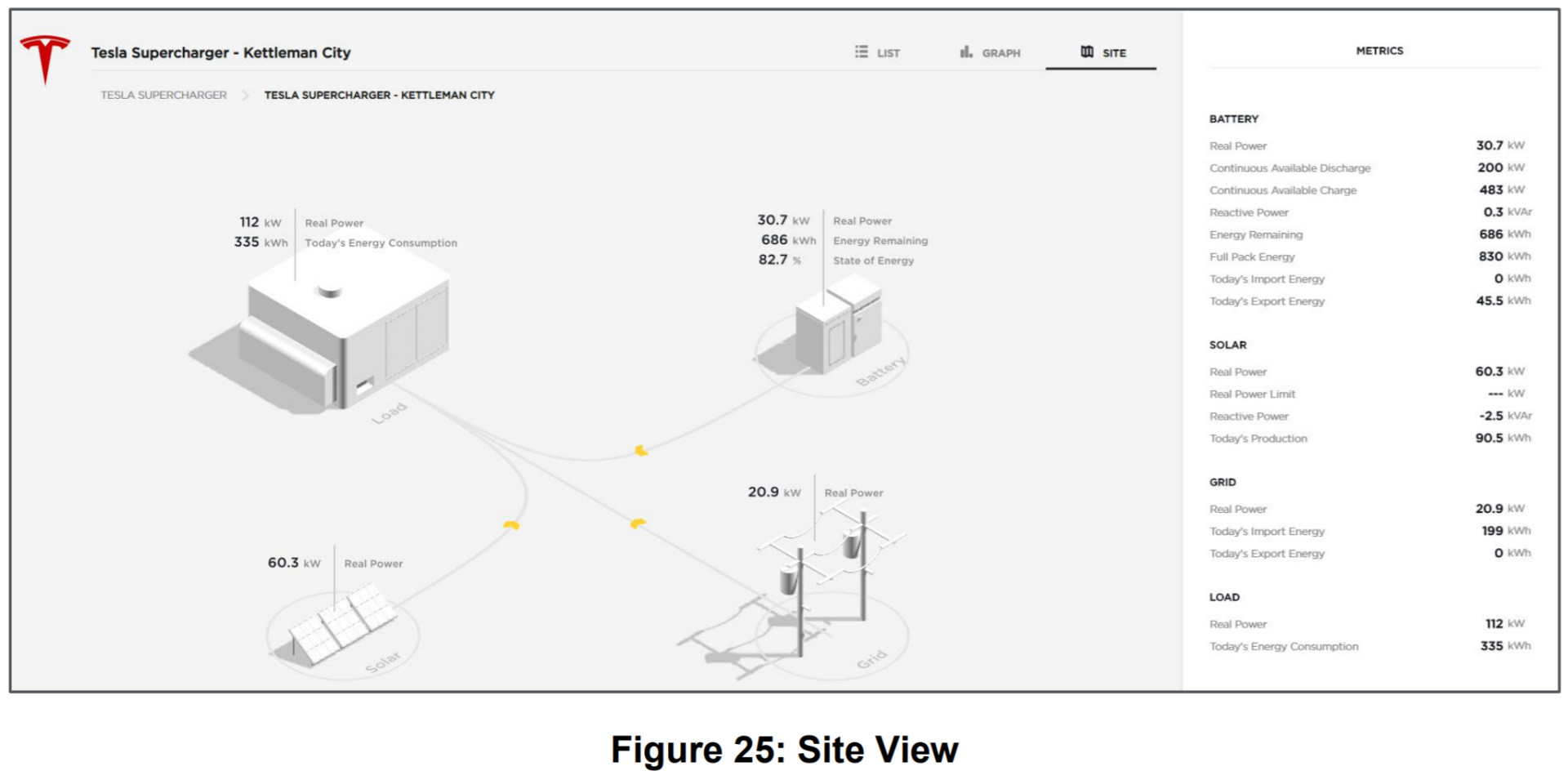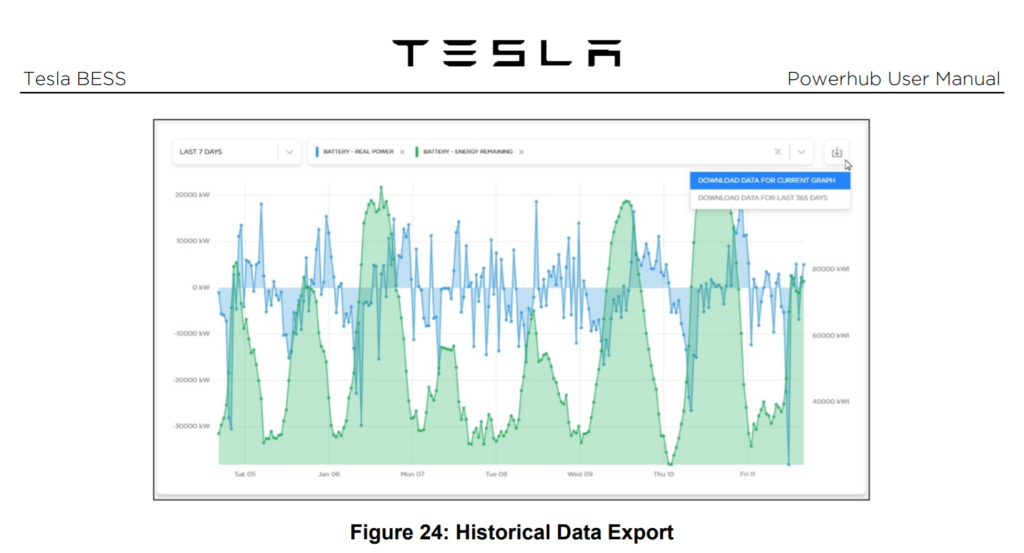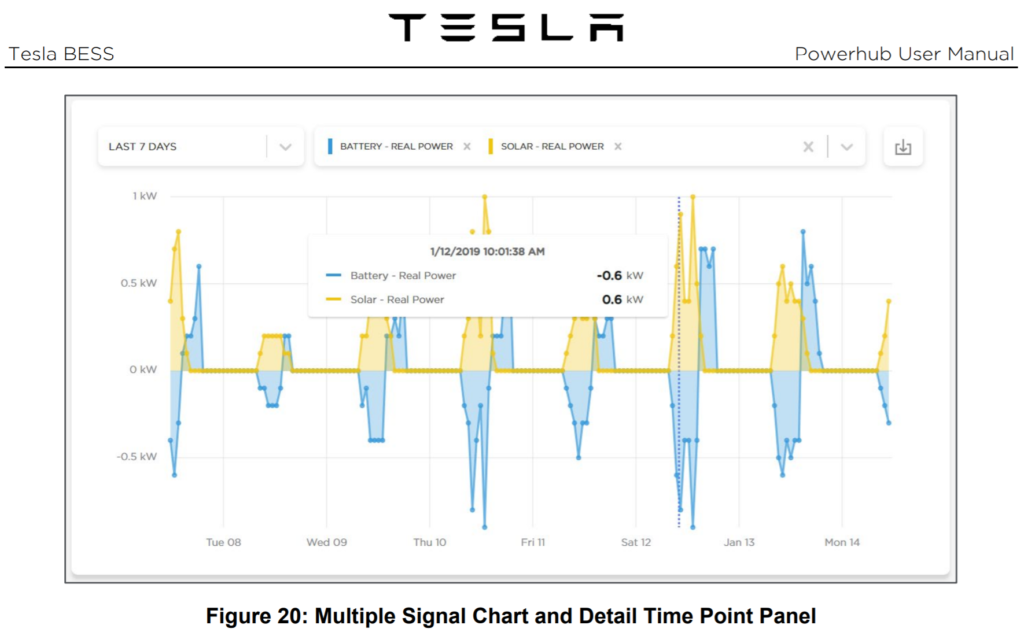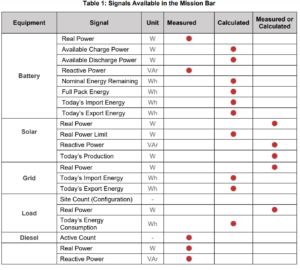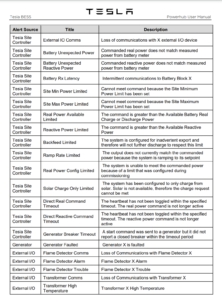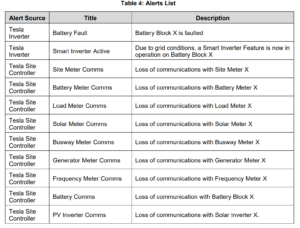In the spring of 2020, a California business owner called into CommercialSolarGuy and asked for support deploying a solar photovoltaic plus energy storage (PVS) microgrid at his multiple building manufacturing campus in Southern California. His business had years ago installed a diesel generator, and extra wires between the various structures to increase the site’s general electricity resilience.
However, the business owner wanted more. He felt the power grid might have problems keeping the lights on, and maybe there’d be challenges accessing liquid fuel. During the summer and fall of 2020, there were in fact limited power grid shutdowns due to possibly the highest temperatures ever record on earth, and then later in the season as a result of power safety shutdowns due to wildfire season.
This article is the second of a few (#1) on this website talking about PVS microgrids and power backups. These are being written for potential customers to explore hardware solutions that CommercialSolarGuy, or those we develop projects with, have experience with.

Tesla Megapack installation in Carpinteria, California by Bragg Companies
As part of a separate, ongoing PVS microgrid project in Yucaipa, California, we’re developing a multi-site deployment that will install Tesla Megapack energy storage systems, to be managed by Tesla Powerhub software, complemented by turbines hooked up to the local utility’s gas grid. The quantity of hardware installed across both sites will be:
- Solar Power – 7,931 kWdc
- Energy Storage – 3,182 kW/12,732 kWh
- Gas Turbine(s) – 3,250 kW
The last two components are the most important at these sites, as resiliency and uptime are the goal.
For a long while, the Tesla’s Hornsdale Reserve battery in Australia was the world’s largest. Their recent battery day announcements might push the company’s technology out ahead another few years. With their near 500,000 cars being manufactured per year to most exacting standards, Tesla’s stationary energy storage product is benefitting greatly.
Tesla’s Megapack is a sort of squeezing together of the smaller Powerpack energy storage units (install at the top of this article), into a larger package that can be deployed with much more speed, and density. Tesla suggests the same amount of energy storage can be stored in 40% less space, using 90% fewer parts, and 10 times faster.
The individual Megapacks range in capacity from ~2.5 to 2.9 MWh. The peak power they can deliver is 1.25 MW in the two hour variant, and 739 kW in the four hour unit. The packs are 24 feet long, just over eight feet tall, and a bit over five feet wide. They weight 56,000 pounds. The company also offers a light variant of the gear.
CommercialSolarGuy is a commercial and utility solar and energy storage developer and general contractor. If you need consultation, or construction services, please do reach out.
The solar power is connected via 1500 Vdc DC coupled connection to increase efficiency. The units output at normal three phase 480 Vac.
Nice looking gear, without the smarts though, it a big box of metal.
The Tesla Powerhub is the company’s power grid management tool – the smarts. An older version of the User Manual can be found online. This is a simpler document, mostly making sure owners can easily navigate the software gui. More complex data on their systems can be found in reference documents noted in the manul – Powerpack System Controls & Communication Manual and the SCADA Design Manual (both of which can only be accessible via a partner login).
Some features advertised across multiple documents in Tesla’s various energy storage management tools include:
- High State of Energy (SOE) management by curtailing generation
- Low SOE management by increasing dispatchable generation output
- Management of real and reactive power sharing between DERs
- DER Priority List and availability and management
- Cost-based optimization algorithm that utilizes the Priority Lists
- Demand and generation forecasting
- Power buffer management
- System blackstart after fault/O&M restart
- Load/generation shedding
At the time of this document’s release, the software packages available were Powerhub Pro for single site, utility scale projects and Powerhub Plus for microgrid, multisite, and C&I projects. Also noted is that at the time of document publishing there was no Megapack – only the smaller Powerpack were being deployed.
Many pages of the standard user manual stuff like setting up user profiles, logins, permissions, how to navigate the software, what interfaces look like, and what those buttons do. As well, there’s a chunk of space dedicated to exporting the multiple energy information streams in visual and data formats over various times frames. Makes for pretty pictures:
The document does guide on a few of the more important management tools – with a section on how to dispatch real and reactive power, opening and closing switching devices, and changing control source from remote to local. These sections are really just screenshots of the buttons toggling settings. Also available is a list of “Active Alerts” – two full pages of communication ports reporting on various aspects of the hardware onsite. And lists of key, real-time data that the software collects and communicates:
One thing to note, the installation where CommercialSolarGuy‘s is using this system – a Tesla Powerhub+Megapack+Gas Generator – is not a nuanced, controls based microgrid that looks at individual circuits, but more of a brute force whole system backup. I point that out, certain partners we work with felt it important to differentiate their products from the Tesla offering. Example, competitive offerings include Scale Microgrid and Schneider, and Ameresco and their ABB based systems.
Tesla’s youth is brought into greater focus by looking at the final page of the manul which notes we’re on version 2.0 of the document, with only a few edits. This author can confirm that there are multiple, more recent NDA protected versions of this document.
But please, don’t let the youthful appearance of this year and a half old document lead to dismay. Tesla has deployed greater than 120 microgrids globally. The company did deploy what was the world’s largest battery for a very long time (now second largest). Has built software to automatically optimize battery revenue streams in various markets (totally need to find out if this works in Massachusetts). And has developed at least two distributed networks of batteries that work in concert with the power grid, while being located in residential homes.
There are programming chops, probably to customize on the fly if needed.
And last, check out a complete ~7.5 MWh installation. Since the hardware is fully built in house on an assembly line, we’re really watching a concrete pour, the craning of the Megapacks plus their support gear (inverter), and the site’s own transformer:
